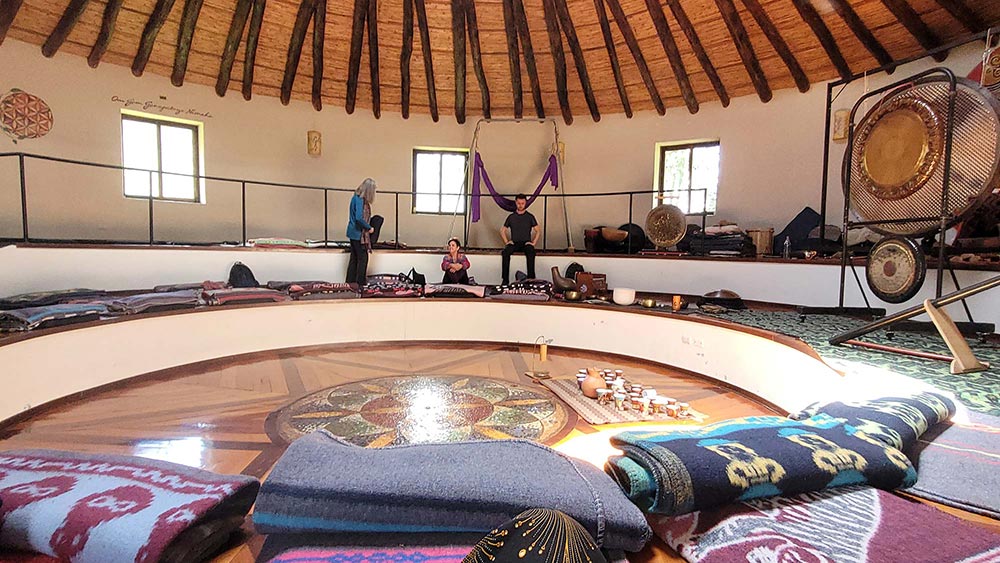
Ayahuasca and Huachuma (San Pedro) ceremonies have emerged as powerful tools for individuals in search of personal transformation, healing, and spiritual growth. These ancient and sacred medicinal plants offer unique experiences that can profoundly impact participants, providing a window into the depths of their consciousness and the interconnectedness of all existence. These ancient medicines have been used for millennia by early cultures in South America for healing, personal growth, and spiritual exploration.
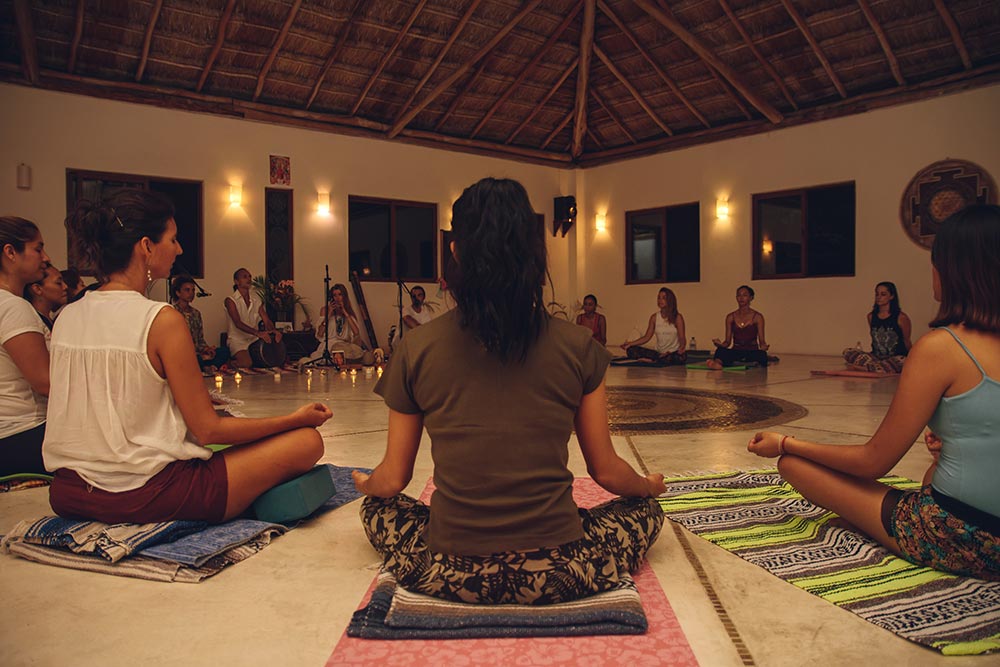
Nowadays, the sacred plant medicine is being shared with those who are seeking its benefits at healing retreats, Ayahuasca retreats and San Pedro retreats. Ayahuasca retreats in Peru and spiritual retreats in Peru have gained popularity.
It is essential to approach the plant medicine ceremonies with respect, under the guidance of experienced shamans or healers, and in a safe and supportive environment. It is important to foster a responsible and ethical approach that honors the traditions, the lands, and the wisdom of the cultures from which they originate.
What is Ayahuasca and San Pedro? Let’s look at their origins, rituals and potential benefits.
Ayahuasca
Often referred to as “the vine of the soul,” is a brew made from the Banisteriopsis caapi vine, combined with other plants that contain the hallucinogenic compound DMT. The people of the Amazon rainforest, particularly in Peru, have been using Ayahuasca for thousands of years for medicinal and spiritual purposes.
Ayahuasca Ceremonies
Ayahuasca ceremonies are typically held in a ritualistic setting, guided by experienced shamans or healers who have deep knowledge of the plant medicine and are connected to its spirit. Participants gather in a sacred space, often a maloca (a traditional ceremonial hut), where the Ayahuasca brew is served by the shaman.
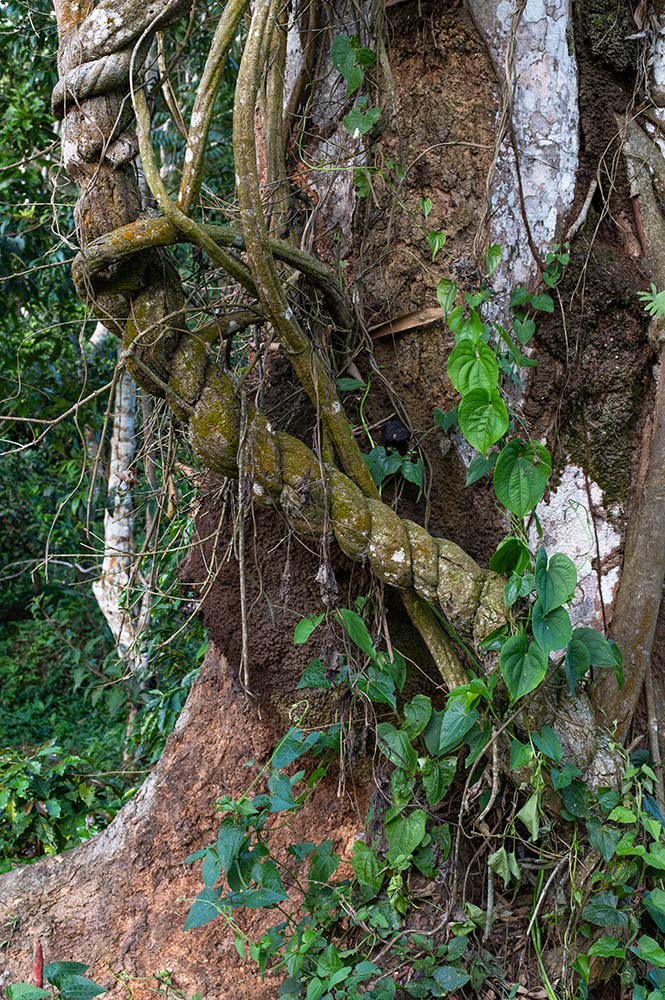
The ceremony begins with prayers, intentions, and purifying rituals to create a sacred and safe environment. Participants drink the Ayahuasca, and then the effects gradually take hold, often accompanied by intense visual and sensory experiences. These journeys can vary from person to person but are generally introspective, emotionally charged, and transformative. The ceremony is often accompanied by live songs, played by the shaman and their assistants. The Shaman may play an individual song (Ikaro) for you, according to what they sense you need.
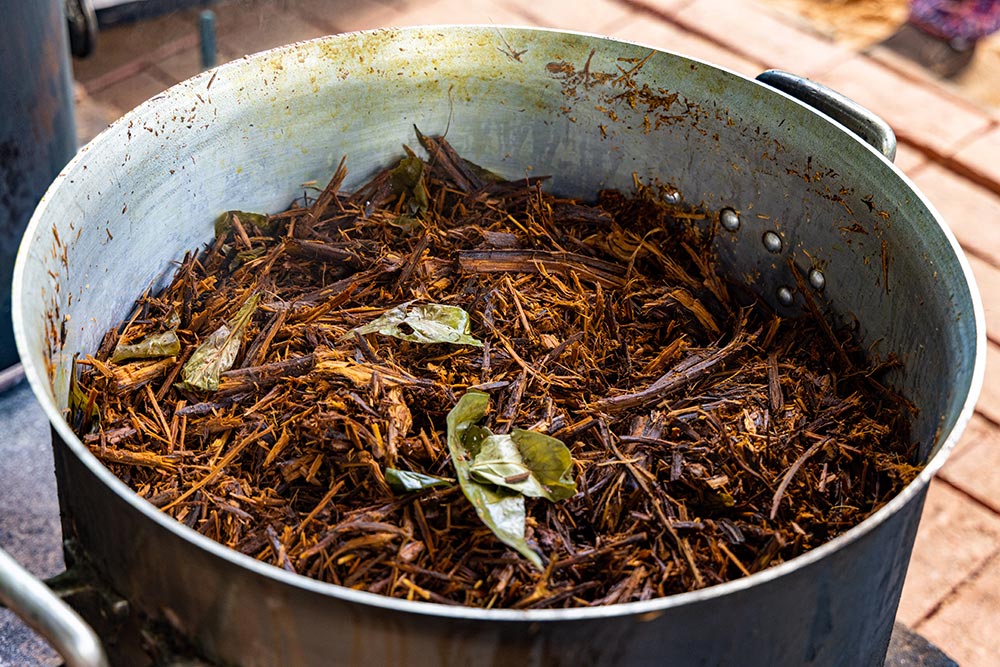
Benefits of Ayahuasca Ceremonies
Ayahuasca ceremonies are usually sought after by individuals seeking healing, personal growth, and spiritual insight. The medicinal plant can facilitate deep introspection, helping individuals confront and heal emotional traumas, gain clarity, and explore their consciousness. Many participants report profound experiences of unity, love, interconnectedness, and a sense of expanded consciousness. Ayahuasca is also known for its potential to provide spiritual guidance, reconnect individuals with nature, and stimulate creativity. The experience varies between different individuals and also between different ceremonies for each individual.
Huachuma (San Pedro)
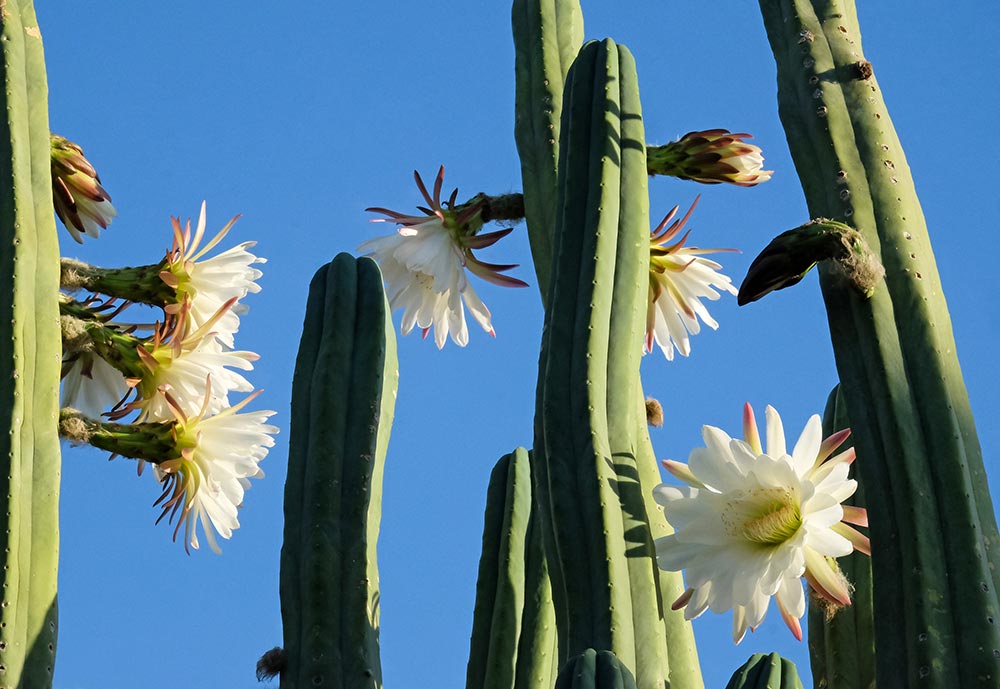
The Sacred Cactus San Pedro, also known as Huachuma, is native to the Andean region of South America. Its botanical name is Echinopsis pachanoi, and it contains mescaline, a psychoactive compound. The indigenous peoples of the Andes, mainly in Peru and Ecuador, have long used San Pedro in their ceremonies.
San Pedro Ceremonies
San Pedro ceremonies are often held during the daytime, as this medicine is known for a more gentle and uplifting experience compared to Ayahuasca. The ceremonies are typically held in nature while hiking, offering participants a direct connection to the earth and the surrounding environment. The ceremonies are sometimes held at night, in a maloca (Ceremonial hut), closing the ceremony with the sunrise. Prayers and songs are part of San Pedro ceremonies.
Similar to Ayahuasca ceremonies, San Pedro ceremonies are led by experienced healers or shamans. The shaman serves the medicine, which is traditionally prepared by boiling or extracting the San Pedro cactus juices. As the effects gradually set in, participants engage in introspection, meditation, and activities such as hiking, praying or singing.
The preparation of the San Pedro medicine is a long and specific process. The shaman or healer often prepare the medicine themselves with intention and prayer.
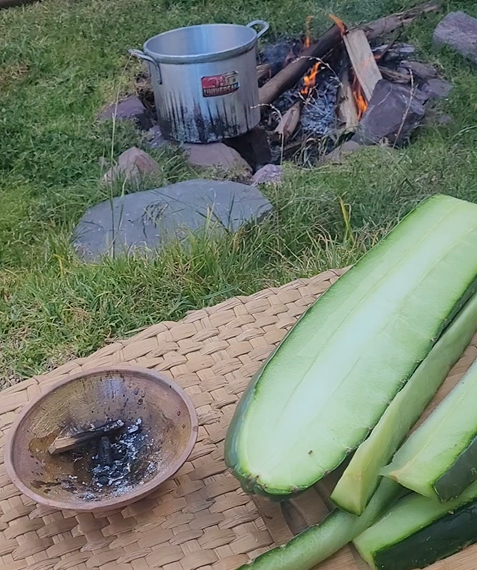
Benefits of San Pedro Ceremonies
San Pedro ceremonies are well-known for their potential to promote healing, personal growth, and spiritual exploration. This medicine can offer profound insights, emotional healing, and a deep connection to nature. Participants often report greater empathy, self-awareness, and a sense of oneness with the world around them. San Pedro ceremonies are also known for their ability to foster introspection that can provide clarity and guidance on one’s life path.
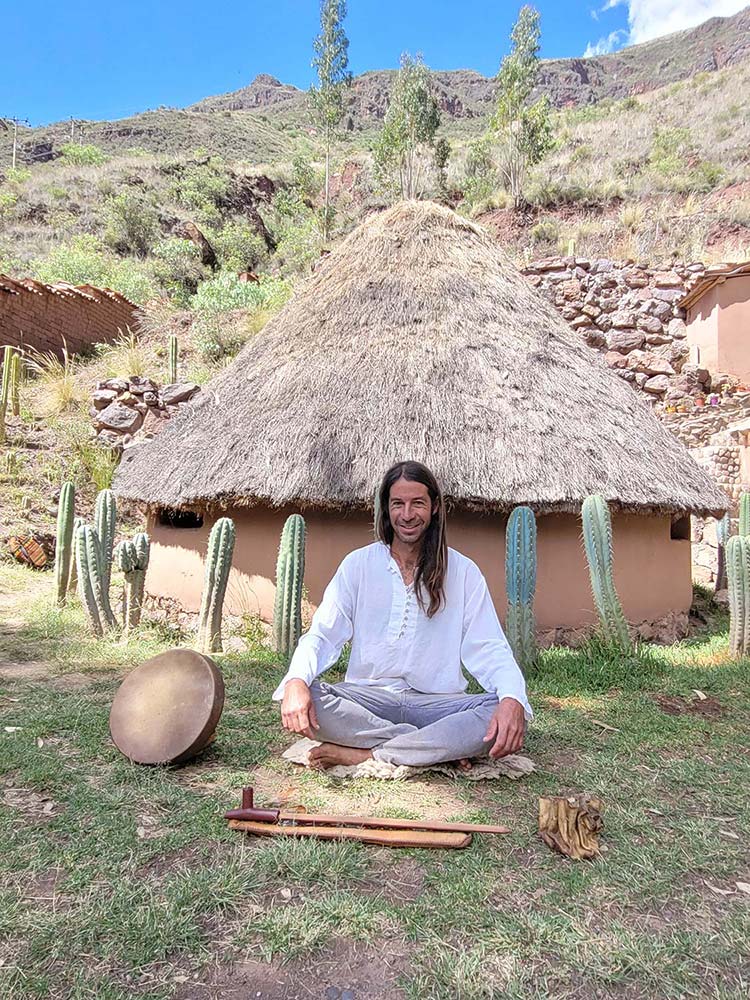
The role of the Shaman/Healer during San Pedro or Ayahuasca ceremonies
The shaman leads the ceremony. They often prepare the medicine themselves, ensuring the quality of the medicine. Intentions and prayers are also added to the medicine during the preparation by the shaman (We all know that the secret ingredient for any dish is Love, it’s similar when cooking medicine). The process of cooking medicine can take several days.
The shaman also set up the sacred space, so that the ceremony is held with respect, honoring the traditions and each participant. They will usually open space with prayers and songs. In addition, they hold space during the entire ceremony for the group and for each participant, to facilitate a safe space for each participant to journey in safe space.